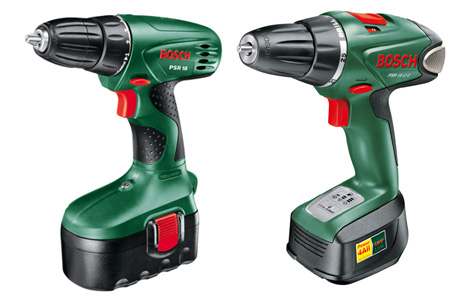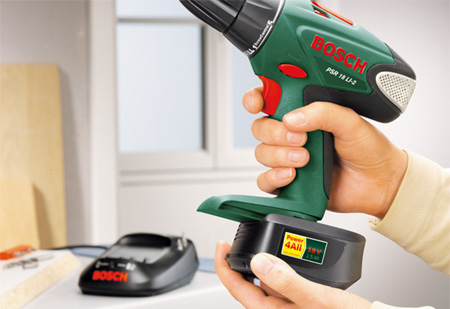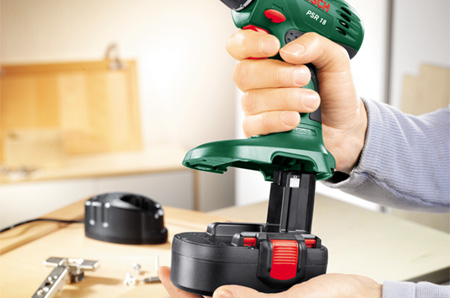What's the difference between NiCad and Li-Ion
Lithium-ion battery is a rechargeable battery in which lithium ions move from the negative electrode to the positive electrode during discharge, and back when charging. These batteries are one of the most popular types of rechargeable battery for portable electronics, with no memory effect and a slow loss of charge when not in use.
Lithium-ion battery (Li-ion) is a rechargeable battery in which lithium ions move from the negative electrode to the positive electrode during discharge, and back when charging. These batteries are one of the most popular types of rechargeable battery for portable electronics, with no memory effect, and a slow loss of charge when not in use.
As the new standard for portable power in consumer devices, Li-Ion batteries produce twice the capacity of energy as NiCad batteries but weigh 20%-35% less. This can make a noticeable difference in devices such as cordless power tools, where the battery makes up a significant portion of the total weight. Li-Ion batteries are also far more environmentally friendly, as they don't contain toxic materials such as the Cadmium or Mercury in other portable batteries. Another reason Li-Ion batteries have become so popular is that they do not suffer from the 'memory effect'.
When you recharge a NiCad battery without conditioning or correct discharging/charging, a loss of cell capacity can occur. This results in a decrease in charging capacity and eventual battery failure. This is the dreaded 'memory effect' that has haunted NiCad batteries. The cadmium within the battery crystallizes, which results in lowered performance.
The next time you are looking to replace or buy new power tools consider the above - you'll not only be kinder to our environment, you will also be investing in new generation power tools that outperform previous models.



